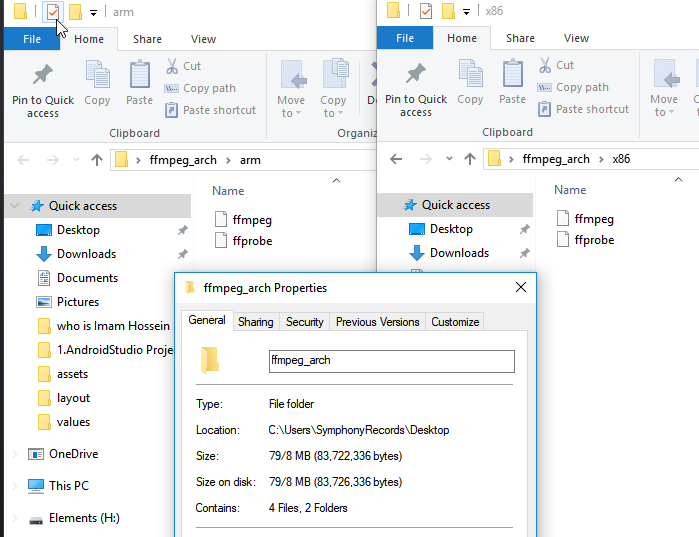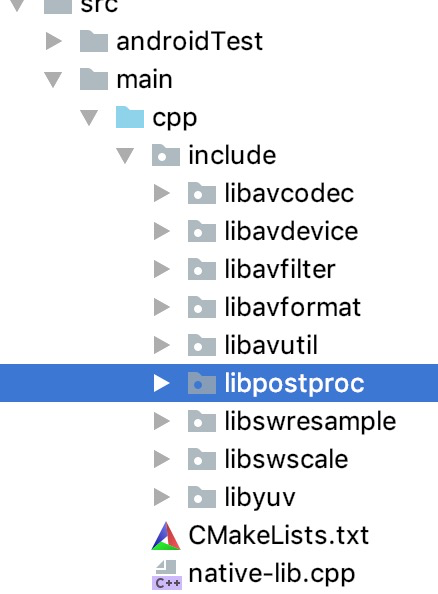

Options may be set by specifying - option value in theįFmpeg tools, or by setting the value explicitly in the deviceĪVFormatContext options or using the libavutil/opt.h API Options, which are specific for that component. In addition each input or output device may support so-called private Options are the same provided by libavformat (see the ffmpeg-formats

Namely, an input device is considered like a demuxer, andĪn output device like a muxer, and the interface and generic device The libavdevice library provides the same interface as


mov (this is the part that looks like this for /R %f in ("*.mov")) and then execute for each a command, in our case was to convert the file to mp4, resize the video while preserving the audio as is and produce a new file that has the same name but different file extension so that new files will have the mp4 extension instead of mov.This document describes the input and output devices provided by the What the above command did was, direct command prompt to find recursively all the files that their name ends in. To convert the movies we executed the following: for /R %f in ("*.mov") do (ffmpeg.exe -i "%~f" -s 864x486 -acodec copy "%~pf%~nf.mp4") From the menu we selected Open command window here, that opened a Command Prompt that was already navigated in the folder we placed the binary. We downloaded the windows binary for ffmpeg from and copied it to the folder we wanted to execute the command from using Windows Explorer.Īfter that, while holding the Shift key we right clicked in the Windows Explorer empty area to popup the menu. We did that both to save space on the internal memory and to make the device perform as efficient as possible as it would not have to shrink the video on the fly. We needed to convert a bunch of mov files to mp4 and while doing that we wanted to shrink them down so that they would fit the screen of an older android device. 19 April 2016 in HowTos tagged cmd / dos / ffmpeg / windows by Tux


 0 kommentar(er)
0 kommentar(er)
